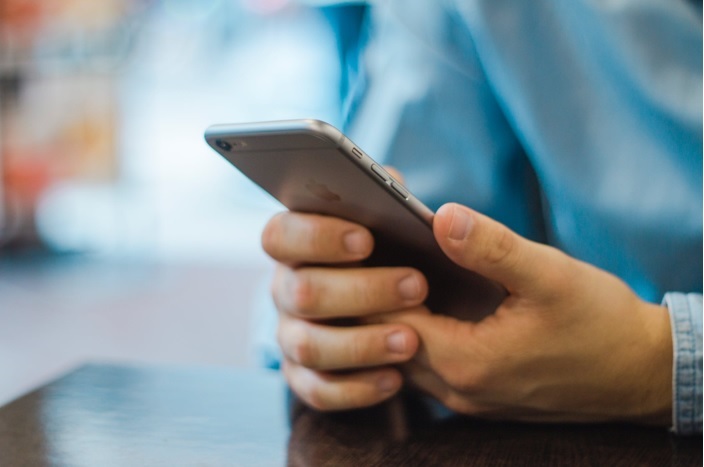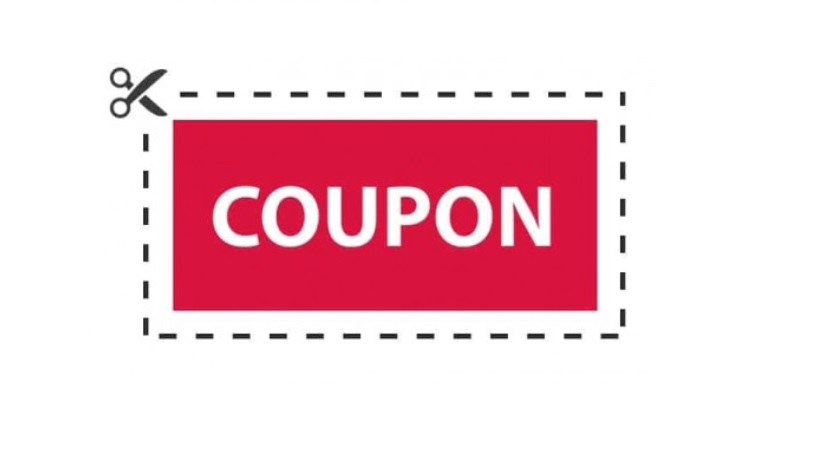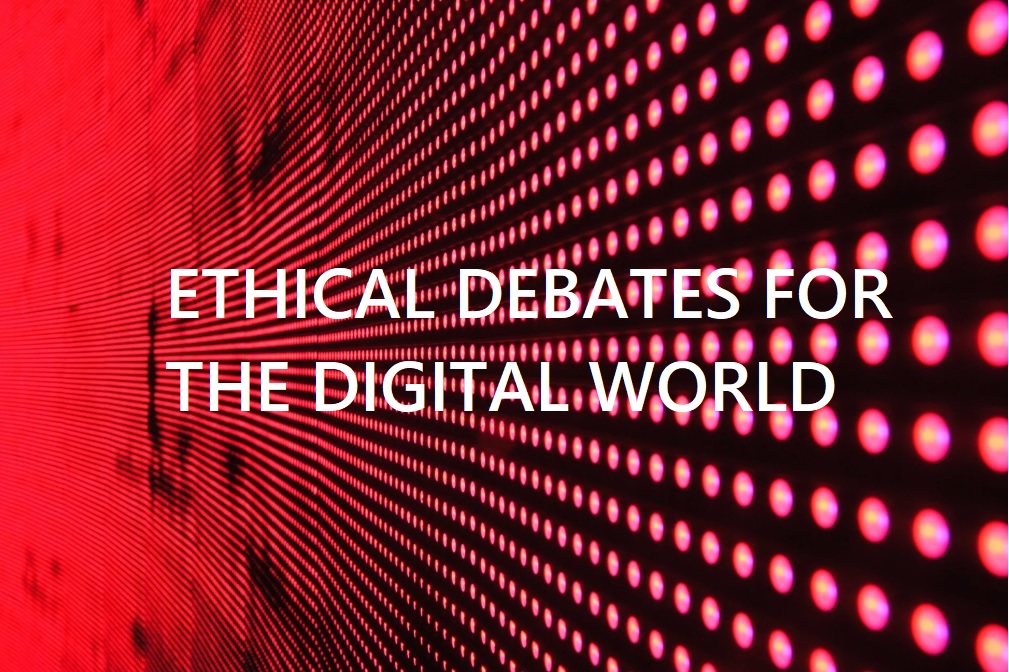
To begin with, you must have noticed that we all have tendency to play games, or complete rewards, or earn mastery in a game. Whenever, we find a chance to play casual small games, like quiz, small puzzles, we do it! This gives us a sense of accomplishment and satisfaction. This psychology or natural instinct of human beings is exploited in order to flourish marketing and business of companies, websites or applications. This is called gamification. Let me explain you with the help of an example. While using an online shopping app, we often get shopping points, on purchasing products via the app. Suppose, there is a shopping app that promises to transform the shopping points into money, which you can redeem buy buying some more thing from the app. And then there is another shopping app, which does not provide any such lucrative offer. Which app will draw more attention? Definitely, the first one, that is the one that gives shopping points. We won’t even care to understand that we are purchasing more products with the points and spending more money, that wasn’t necessary otherwise. As a result, the app becomes popular among customers, gains more customers, user engagements, loyalty, etc.
In simple non-technical words, gamification are all about this! You put game elements, indulge some gaming mechanics into an existing non-game element and transform the market engagement of the product or app or website or online community by inviting more users, loyalty, engagement, etc.
How Is Gamification Different From Games?
When we hear the term games, we perceive that it is about developing games for business purposes. But it is absolutely wrong! Developing games are creating something new. Gamification is not about creating anything new. It is leveraging an already existing business by inducing certain gaming elements in it. The motive behind this is to ameliorate the business, draw attention of more customers, provides space for collaborations, deeper loyalty and so on!
Game Mechanics
Gamification relies primarily on 10 game mechanics in order to motivate users. Experts may use a single gaming mechanism or a combination of more than one mechanism. Remember, there must be a trade off in the number of mechanics deployed. Too much of anything can spoil the whole thing. Let’s have a look at the Game mechanics deployed in Gamification.
1. Fast Feedback
This is not the feedback we provide to the apps or companies, but the opposite. The fast feedback is when the app or the company is providing its users certain instant congratulatory annotations for achieving any milestone, thank you messages, new tickets, offers, etc.
2. Transparency
Transparency is an important concept here. People love to know their progress among all users. If a company helps a customer to see where he is standing in a competition, he is sure to progress in order to win. Thus, he makes more purchases, or engages more in that particular app. Leaderboards are examples of transparency mechanisms of gamification.
3. Goals
Setting short and long term goals for users, make them more geared up in achieving the milestones.
4. Badges
Customers are rewarded with badges when they earn mastery over a particular skill. For example, you have purchased many gadget items from an online retail shop. The app rewards you with a badge, say, gadget freak! Or suppose you have earned a mastery in referring other friends to join an online community. You get a badge “Community Asset”. A more genuine example is the badge, that Facebook has started rewarding its users for specific pages. The badges are top fan, top commentor, etc. A user may engage more in the page of his favorite celebrity in order to earn the top fan badge.
5. Leveling Up
Leveling up in stars, mastery skills, badges, etc.
6. Onboarding
This is engaging the users’ interest by introducing interactive user manuals. For example, many apps, operating systems, games nowadays provides an interactive tutorial with music. It is always better than a lengthy text manual.
7. Competition
As mentioned before, Leaderboards make users more competitive. They aim to improve their rank by contributing more to the model.
8. Collaboration
Collaboration helps in strengthening connectivity, accomplish larger tasks,
9. Community
Community gives a newer dimension to goals, badges, competitions, and other mechanics. They become aware of these.
10. Points
Points are used to keep track of score and establish status. Users can earn points through activities, sharing, contributing, or by creating something useful to others.







Leave a Reply